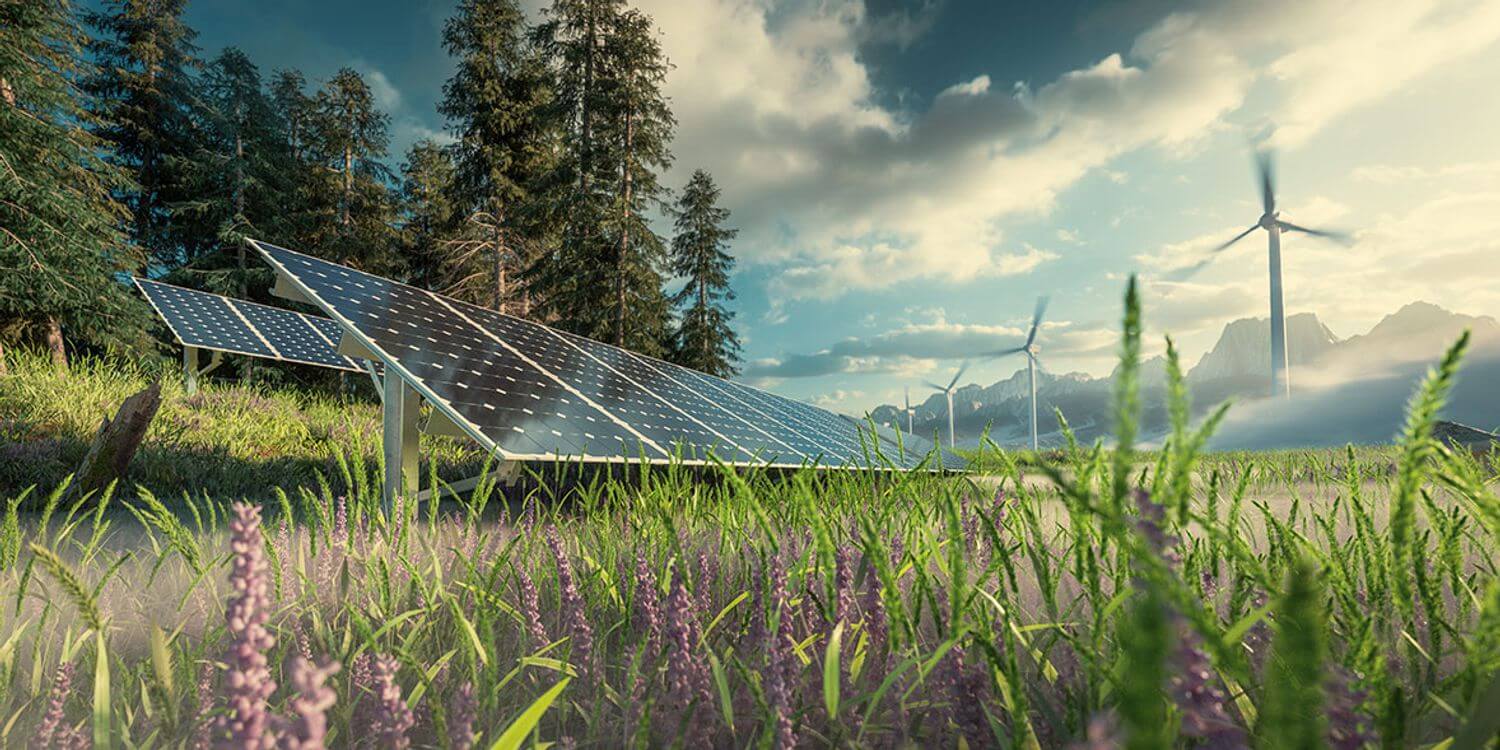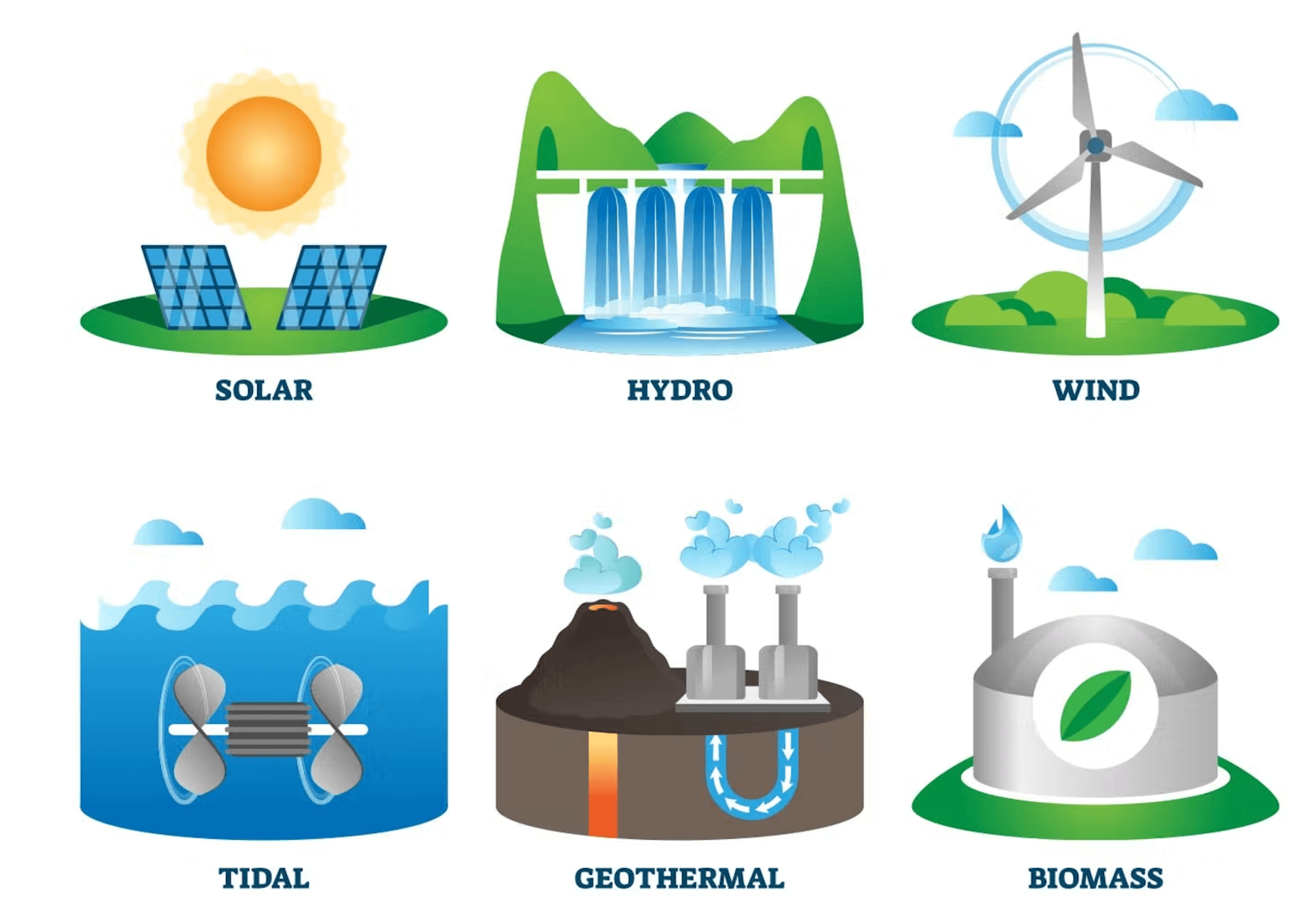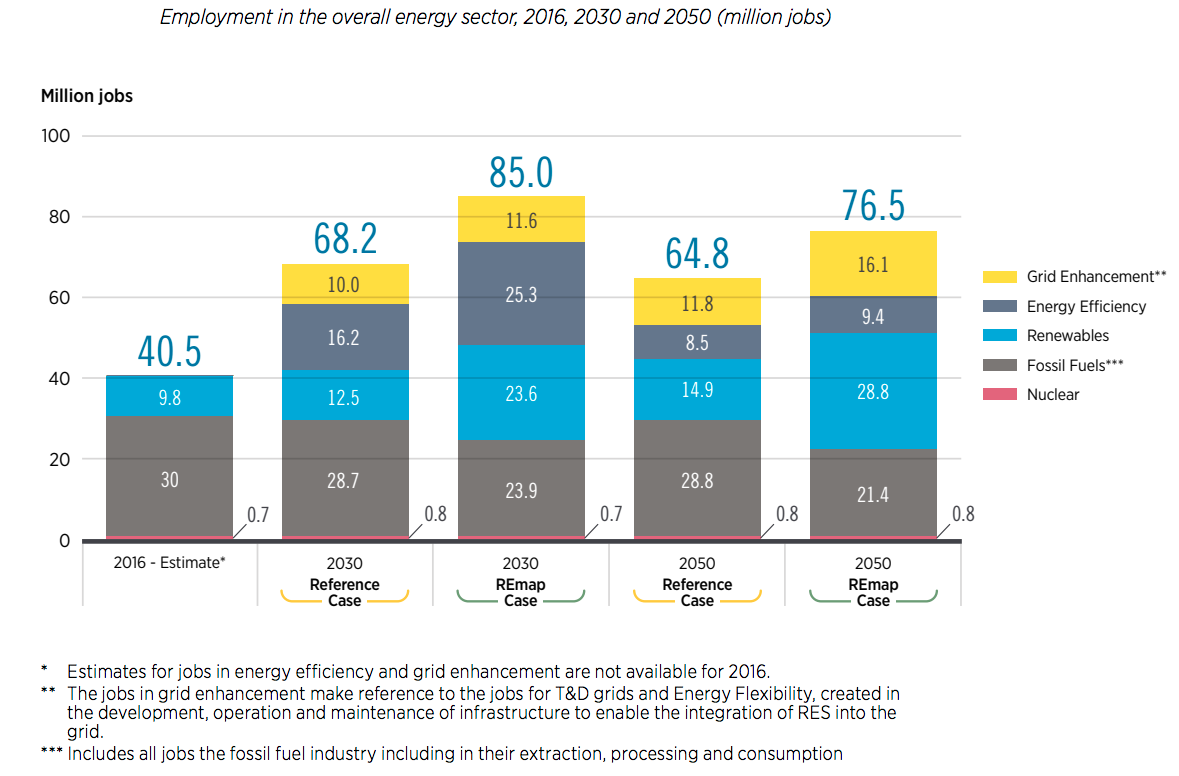Comments
- No comments found

Implementing energy-saving hacks can help reduce the cost of living by reducing energy expenses.
Sustainable energy is energy that is produced in a way that does not deplete natural resources or contribute to climate change. It is renewable, meaning that it can be replenished over time, and it does not produce harmful emissions or waste.
Examples of sustainable energy sources include solar, wind, hydro, geothermal, and nuclear energy. These energy sources can be used to generate electricity, heat, and transportation fuel, and they can be integrated into various systems and technologies to meet the energy needs of homes, businesses, and industries.
Sustainable energy is an important component of a sustainable future, as it can help reduce reliance on fossil fuels, which are a major contributor to climate change and other environmental problems.

There are several types of sustainable energy sources, including:
Solar energy: energy from the sun that can be harnessed using solar panels or other technologies.
Wind energy: energy from the movement of air that can be captured using wind turbines.
Hydroelectric energy: energy from the movement of water that can be captured using hydroelectric dams or other technologies.
Geothermal energy: energy from the heat of the earth that can be harnessed using geothermal power plants or other technologies.
Nuclear energy: energy from the nucleus of an atom that can be harnessed using nuclear power plants or other technologies.
Biomass energy: energy from organic matter that can be converted into heat, electricity, or transportation fuel.
Ocean energy: energy from the tides, waves, or thermal gradient of the ocean that can be captured using various technologies.
Biofuels: transportation fuels made from renewable, organic materials such as corn, soybeans, and other crops.
These energy sources can be used to generate electricity, heat, and transportation fuel, and they can be integrated into various systems and technologies to meet the energy needs of homes, businesses, and industries.
Sustainable energy is important in the post-pandemic world for a number of reasons.

First, the COVID-19 pandemic has highlighted the importance of energy security and resilience. Reliable access to energy is essential for the functioning of societies and economies, and sustainable energy sources can help reduce reliance on fossil fuels, which are vulnerable to supply disruptions.
Second, the pandemic has also demonstrated the need for more sustainable and cleaner energy sources. The burning of fossil fuels is a major contributor to air pollution and climate change, which can have negative impacts on human health and the environment. Transitioning to sustainable energy sources can help reduce these negative impacts and promote public health.
Third, the economic recovery from the pandemic presents an opportunity to invest in sustainable energy infrastructure, which can create jobs and stimulate economic growth.
Finally, the adoption of sustainable energy can help achieve the goals of the Paris Agreement, which is an international treaty that aims to limit global warming and protect the planet from the negative impacts of climate change.
Here are a few sustainable energy hacks that you can try at home or at work:
Turn off lights and electronics when not in use: this simple habit can save a significant amount of energy and reduce your electricity bill.
Use energy-efficient appliances: look for appliances that are labeled as Energy Star certified, as they use less energy and water than traditional models.
Insulate your home: sealing leaks and adding insulation to your walls, attic, and basement can help keep your home warm in the winter and cool in the summer, reducing the need for heating and cooling.
Use natural light: open your curtains and blinds during the day to let in natural light, which can reduce the need for artificial lighting.
Plant trees or install shading devices: trees and shading devices can block direct sunlight and reduce the amount of heat entering your home, reducing the need for air conditioning.
Use public transportation, carpool, or walk or bike when possible: transportation is a major source of greenhouse gas emissions, so using alternatives to driving alone can help reduce your carbon footprint.
Support clean energy sources: consider purchasing renewable energy credits or investing in solar panels or other clean energy technologies to reduce your reliance on fossil fuels.
The future of sustainable energy looks bright, as the demand for clean, renewable energy sources continues to grow. Here are a few trends and developments that are likely to shape the future of sustainable energy:
Increased adoption of renewable energy sources: Solar, wind, hydro, geothermal, and other renewable energy sources are expected to play a larger role in the global energy mix as countries transition away from fossil fuels.
Improved energy storage technologies: The development of advanced energy storage technologies, such as batteries and pumped hydro storage, will enable renewable energy sources to be used more effectively and efficiently.
Decentralization of energy systems: Distributed energy systems, such as microgrids and community solar projects, will enable communities to generate and store their own energy, reducing reliance on centralized power plants.
Electrification of transportation: The adoption of electric vehicles (EVs) and other electrified modes of transportation will reduce dependence on fossil fuels and improve air quality.
Integration of renewable energy sources into buildings: The use of renewable energy technologies, such as solar panels and geothermal systems, in buildings will help reduce energy consumption and carbon emissions.
Overall, the future of sustainable energy looks promising, as advances in technology and policy enable a more diverse and resilient energy mix that can support a sustainable future.
Leave your comments
Post comment as a guest